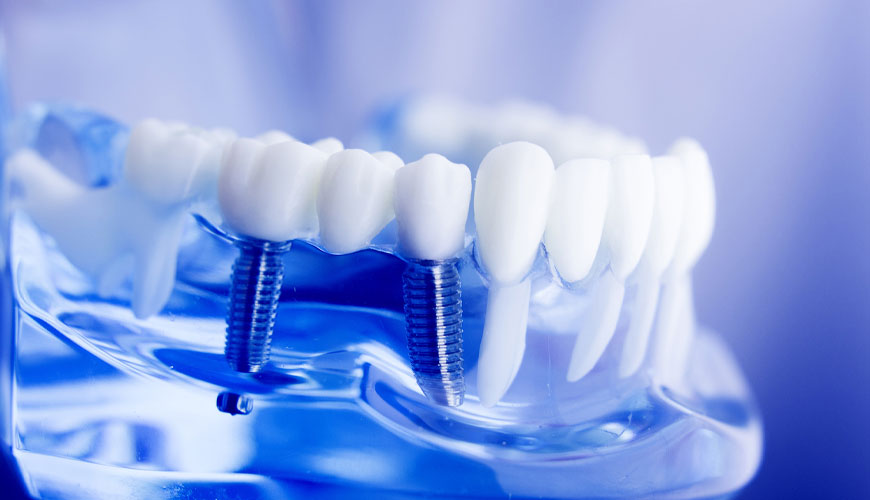

This part of the ISO 5832 standard, developed by the International Organization for Standardization (ISO), specifies the characteristics and corresponding test methods for the wrought titanium alloy known as titanium 6-aluminum 4-vanadium alloy (Ti 6-Al4-V alloy) used in the manufacture of surgical implants.

The mechanical properties of a sample obtained from a finished product made of this alloy may not necessarily conform to the specifications given in this part of ISO 5832.
No known surgical implant material has been shown to cause absolutely any adverse reaction in the human body. However, long-term clinical experience with the use of the material referred to in this part of ISO 5832 has shown that an acceptable level of biological response can be expected when the material is used in appropriate applications.
Once the chemical composition has been determined, heat/nugget analysis of a representative sample of the alloy should conform to the specified chemical composition. Bullion analysis can be used to determine all chemical requirements except hydrogen. Hydrogen analysis will be done after final heat treatment and final surface treatment. The requirements for major and minor basic components for titanium 6-aluminum 4-vanadium alloy are given in the table below:
| Workman | Composition limits % (m/m) |
| Aluminum | 5,5 - 6,7 |
| Vanadium | 3,5 - 4 |
| Oxygen | 0,2 max |
| carbon fibre | 0,08 max |
| Nitrogen | 0,05 max |
| Hydrogen | 0,015 max |
| Titanium | Balance |
If any of the test pieces does not meet the specified requirements or goes outside the size limits, two more test pieces representing the same lot shall be tested in the same way. The alloy will be considered suitable only if both additional test pieces meet the specified requirements. However, the manufacturer may reheat the material and resubmit it for testing in accordance with this part of ISO 5832. In this case, all parts will be subjected to the same heat treatment.
Reference is made to two different standards showing the microstructures of the typical alpha+beta titanium alloy Ti 6Al 4V, which is intended to be used for the identification and classification of the microstructure of a particular material. ISO 20160 presents cross-sectional microstructures at ×200 magnification. ISO 20160 applies to round bars up to a nominal diameter of 100 mm.
Another microstructure catalog is available for this product type. ETTC 4 Edition 2 shows microstructures in cross-section at ×100 and ×500 magnifications. Product dimensions for this catalog are limited to a range of thicknesses above 5mm and below 30mm. The same microstructures are shown in EN 3114-003 but are defined by different notations.
Among the services provided by our organization within the framework of material testing services, there are also ISO 5832-3 standard tests.
To get an appointment, to get more detailed information or to request an evaluation, you can ask us to fill in our form and reach you.